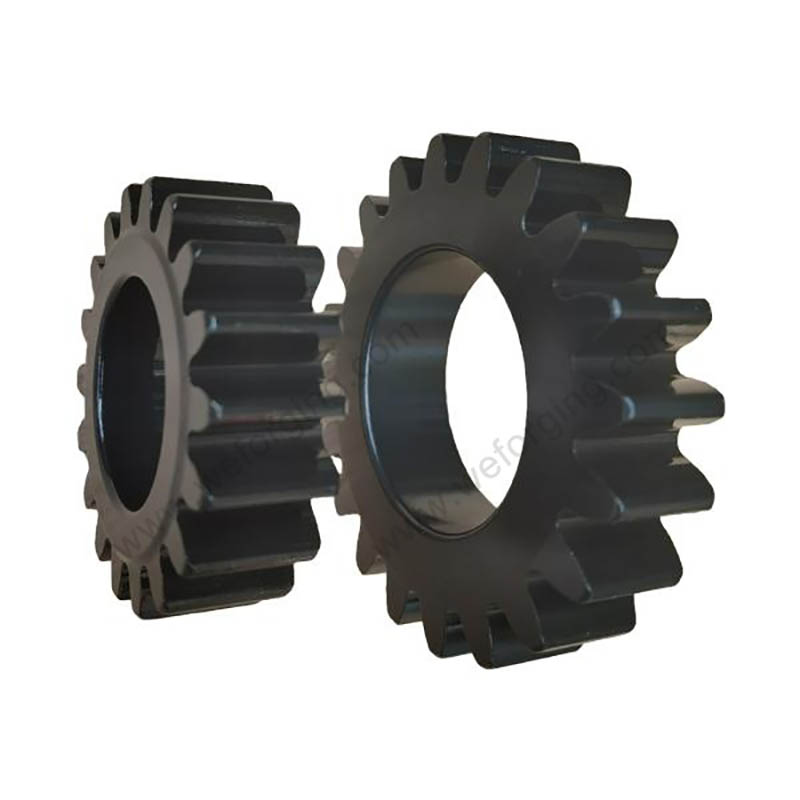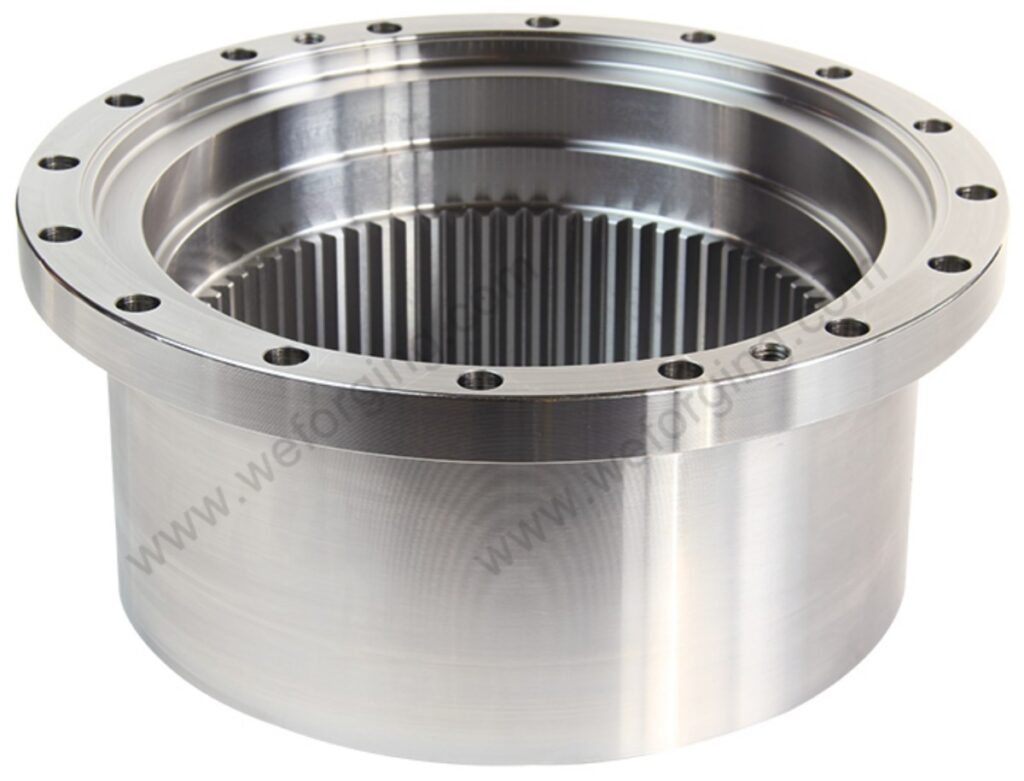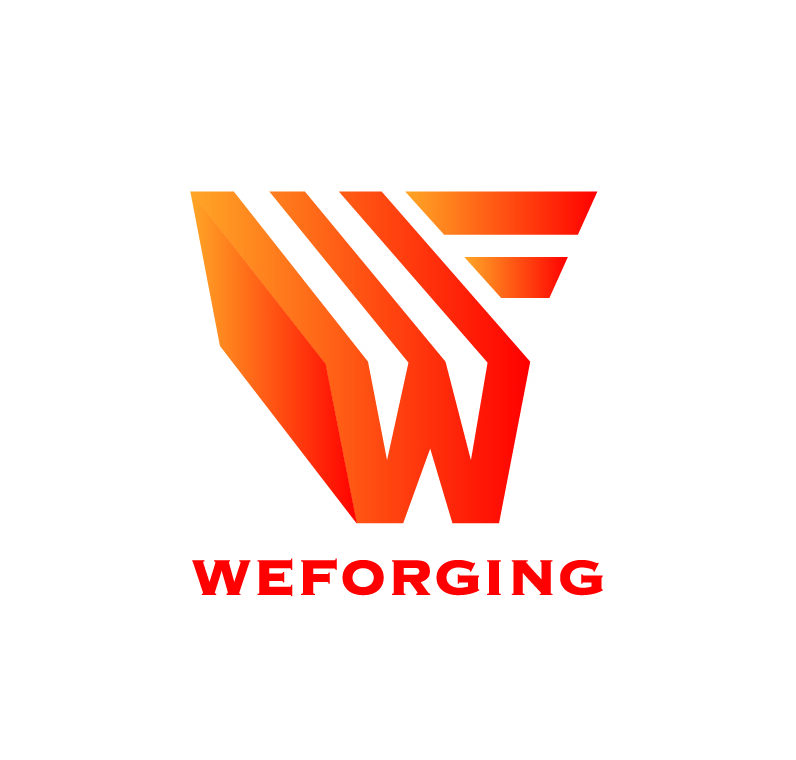What is a Ring Gear?
A ring gear is a circular gear with internal or external teeth, designed to mesh with pinions for smooth torque transfer. Unlike small gears, it is often made in large diameters to handle heavy torque loads, ensuring stability and durability in demanding systems.
These gears are used in automotive, industrial machinery, wind power, and aerospace applications. The starter ring gear on an engine flywheel engages the starter motor for ignition, while the pinion gear ring works with planet gears to multiply torque and optimize power flow. With strength and efficiency, ring and pinion gears remain essential in modern transmission systems.
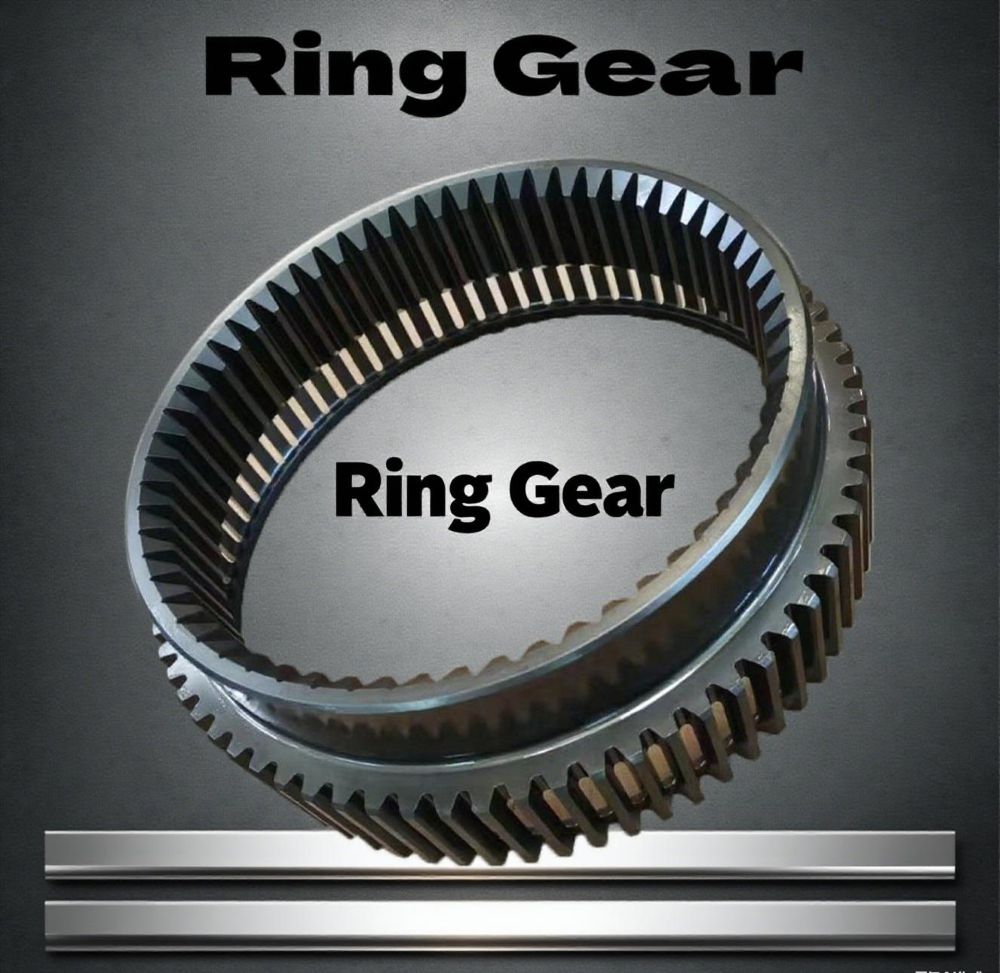
What Exactly is a Ring Gear?
A ring gear is a circular gear with internal or external teeth, designed to mesh with pinions or smaller gears. In a planetary gear system, its inner teeth surround the sun and planet gears, enabling smooth torque transfer and compact power transmission. With external teeth, the gear is widely used in heavy-duty industrial machinery and large mechanical drives, ensuring stability and strength.
In the automotive industry, the starter ring gear on the engine flywheel engages the starter motor for quick ignition. Similarly, the pinion gear ring works with smaller gears to achieve torque multiplication and reliable power flow. This versatility makes it essential across automotive, mining, energy, and aerospace applications.
Common Types of Ring Gears
Ring gears can be classified into different types depending on their design and application:
Starter Ring Gear – Mounted on the flywheel in automotive engines, it engages with the starter motor pinion to enable ignition.
Gear Ring – Large-diameter gear rings used in cranes, mining machinery, and industrial drives where strength is required.
Ring and Pinion Gears – A matched pair applied in automotive differentials and gearboxes, ensuring smooth torque transfer and stable operation.
Pinion Gear Ring – A ring gear designed to work directly with a pinion gear, common in drive axles and heavy machinery.
Internal Ring Gear – Built with teeth on the inner surface, widely applied in planetary gear systems for compact design and efficient torque distribution.
These gears are manufactured using forging or casting processes. However, forged ring gears provide superior grain structure, strength, precision, and longer service life compared to cast gears.
The versatility of the ring gear makes it indispensable across multiple sectors:
– Automotive – Found in ring and pinion gears for differentials, in starter ring gears on flywheels, and in gearboxes.
– Industrial Machinery – Heavy-duty gear rings are used in excavators, mining equipment, and cranes.
– Wind Power – Large ring gears are integrated into wind turbine gearboxes, transferring rotational energy from blades to generators.
– Aerospace – Lightweight yet durable gears are crucial in aviation transmissions and space systems.
Explore more real-world applications of forged components in our blog.
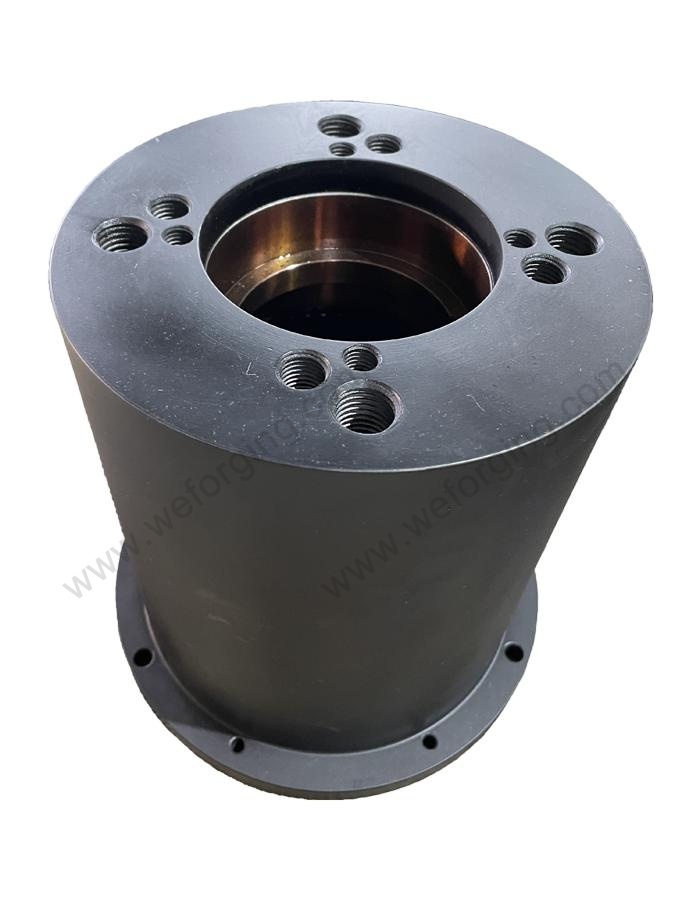
Manufacturing Ring Gears at Weforging
At Weforging, we specialize in producing high-quality forged ring gears through a comprehensive process:
1. Forging – Hot or cold forging creates dense and strong gear blanks.
2. CNC Machining – Precision tooth cutting and shaping ensure smooth operation and minimal noise.
3. Heat Treatment – Processes such as carburizing and quenching improve hardness and wear resistance.
4. Testing – Using CMM inspection, ultrasonic and magnetic testing, metallography, and hardness verification, each gear meets strict standards.
Compared with conventional casting, our forged ring gears provide superior fatigue resistance, dimensional accuracy, and longer life cycles.
Advantages of Forged Ring Gears
Forged ring gears offer clear advantages over cast gears:
Strength and Reliability – Forging refines grain structure, increasing toughness and fatigue resistance in heavy-duty use.
Precision – CNC machining ensures accurate tooth profiles, consistent quality, and reduced vibration and noise.
Durability – Quenching and tempering improve hardness, wear resistance, and extend gear service life.
Customization – Sizes range from pinion gear rings for automotive systems to large gears for industrial machinery.
Key Considerations for Buyers of Ring Gears
For buyers, choosing the right ring gear supplier is about more than just specifications. Key factors include:
- Quality – Strict inspections such as hardness, CMM, and metallography ensure reliability.
- Process – Forged gears provide better durability than machined or cast ones.
- Customization – Flexible options for different pinion gear ring sizes, modules, and materials.
- Delivery – On-time schedules reduce downtime and costs.
- Standards – Compliance with ISO, AGMA, and industry norms supports global use.
At Weforging, we meet these needs with advanced forging, CNC machining, and comprehensive testing, ensuring every ring and pinion gear delivers long-term performance.
Conclusion
The ring gear is more than just a circular gear — it is a critical component in automotive, industrial, wind power, and aerospace applications. From ring and pinion gears in vehicles to large gear rings in turbines, its versatility and durability make it indispensable.
At Weforging, we combine advanced forging, CNC machining, and testing to produce high-quality ring gears tailored to customer requirements. Our expertise ensures every gear meets international standards for strength, performance, and reliability.
Explore our products & services or contact our experts today to discuss your project needs.


